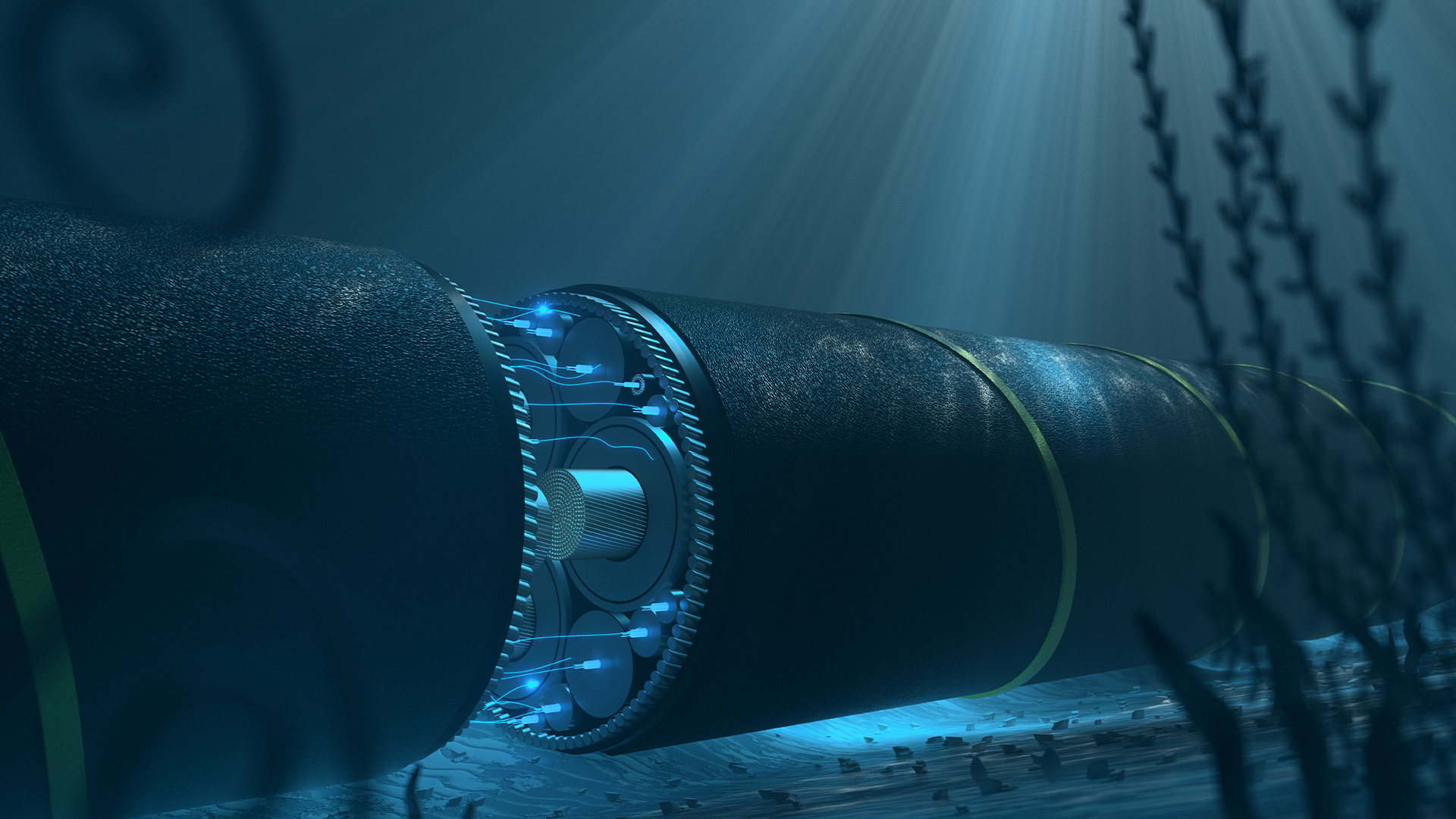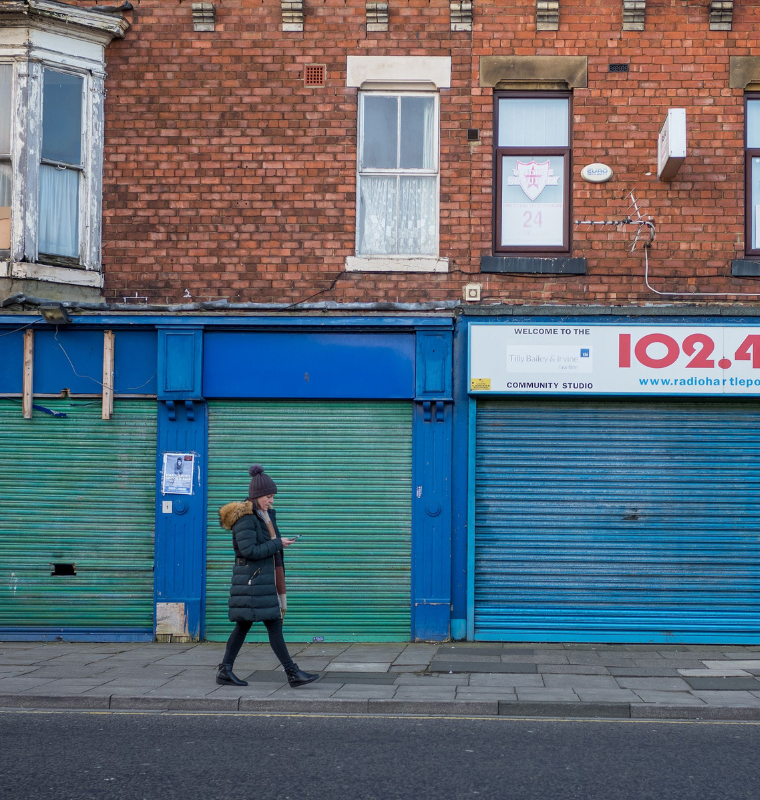Meta and Google Expand Global Reach with Ambitious Subsea Cable Networks
Meta and Google Expand Global Reach with Ambitious Subsea Cable Networks
By
Leah Rosenfeld
Last updated:
July 18, 2025
First Published:
July 18, 2025

Photo: ITPro
The Race to Connect the World
In response to skyrocketing global internet traffic, leading U.S. technology companies Meta and Google are investing heavily in building vast subsea cable infrastructures. These underwater fiber optic cables form the backbone of the internet, carrying more than 95% of international data and ensuring seamless connectivity across continents.
Meta’s Massive Subsea Ambition
Meta recently unveiled plans to construct a staggering subsea cable network stretching 50,000 kilometers (over 31,000 miles)—a length that exceeds the Earth’s circumference of approximately 40,075 kilometers. This ambitious project reflects Meta’s commitment to supporting the exponential growth in bandwidth demand fueled by video streaming, virtual reality, and cloud computing services.
Such an extensive cable system not only enhances Meta’s global data capacity but also strengthens its control over internet infrastructure, reducing dependence on traditional telecom operators.
Google’s Expanding Global Network
Google, a pioneer in subsea cable investments, has deployed more than 30 submarine cables worldwide to date. Earlier this month, the company confirmed the launch of its latest venture, the Sol transatlantic subsea cable system, which will link the United States, Bermuda, the Azores, and Spain.
This new system aims to improve transatlantic data speeds, lower latency, and provide greater redundancy for Google’s cloud services, search engine, and video platforms like YouTube.
Google’s cable investments span multiple oceans and regions, including the Pacific and Indian Oceans, reflecting its strategy to build a highly resilient, low-latency global network.
Why Subsea Cables Matter
Undersea cables handle the lion’s share of global internet traffic, making them crucial for everything from online video calls to financial transactions. The demand for higher data speeds and more reliable connections has surged, driven by remote work, streaming, online gaming, and emerging technologies like AI and augmented reality.
Industry experts estimate that global data traffic will grow at a compound annual growth rate (CAGR) of around 30% through 2030, pushing the need for new infrastructure investments.
Technical and Logistical Challenges
Deploying these cables is an intricate process involving extensive marine surveys, environmental assessments, and complex engineering. Laying subsea cables requires specially equipped ships to carefully install fiber optic lines along ocean floors that can reach depths of over 8,000 meters.
Maintenance and repair are equally challenging, often requiring swift response teams to fix disruptions caused by natural events or accidental cable cuts from shipping activities.
Broader Industry Implications
The growing footprint of Meta and Google in subsea cables is reshaping the global telecom landscape, historically dominated by traditional carriers and consortiums. By controlling infrastructure, these tech giants enhance their network resilience and gain strategic advantages in cloud and digital services markets.
Governments and regulators worldwide are closely watching these developments as subsea cables also carry national security and data privacy implications.
Meta and Google’s aggressive expansion into subsea cable infrastructure signals a new era in global connectivity. As internet usage continues to surge, these mega-projects will be pivotal in enabling faster, more reliable digital communication across the globe, powering everything from everyday browsing to next-generation technologies.
With thousands of kilometers of cable laid beneath the oceans, these tech titans are not just shaping the future of the internet—they are literally weaving the world together.
Popular articles
Subscribe to unlock premium content
Kylie Jenner’s $420M Beauty Empire Unravels: Inside the Stunning Fall of a Social Media Mogul

Britain’s Economic Decline: From Global Powerhouse to Financial Strain

Trapped by Perfection: How AI Beauty Filters Are Rewiring Our Faces—and Our Minds

Kylie Jenner’s $420M Beauty Empire Unravels: Inside the Stunning Fall of a Social Media Mogul

Britain’s Economic Decline: From Global Powerhouse to Financial Strain

Kylie Jenner’s $420M Beauty Empire Unravels: Inside the Stunning Fall of a Social Media Mogul









